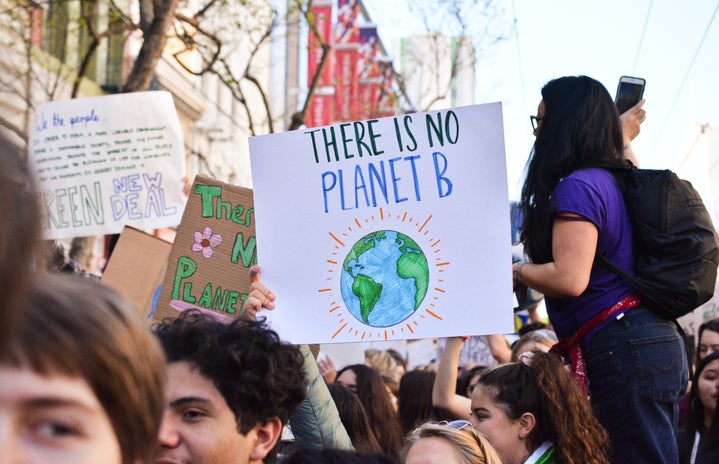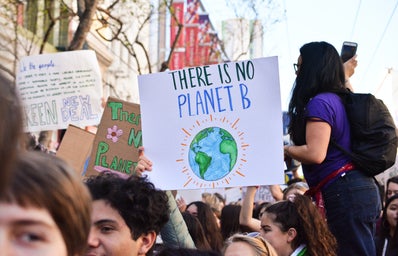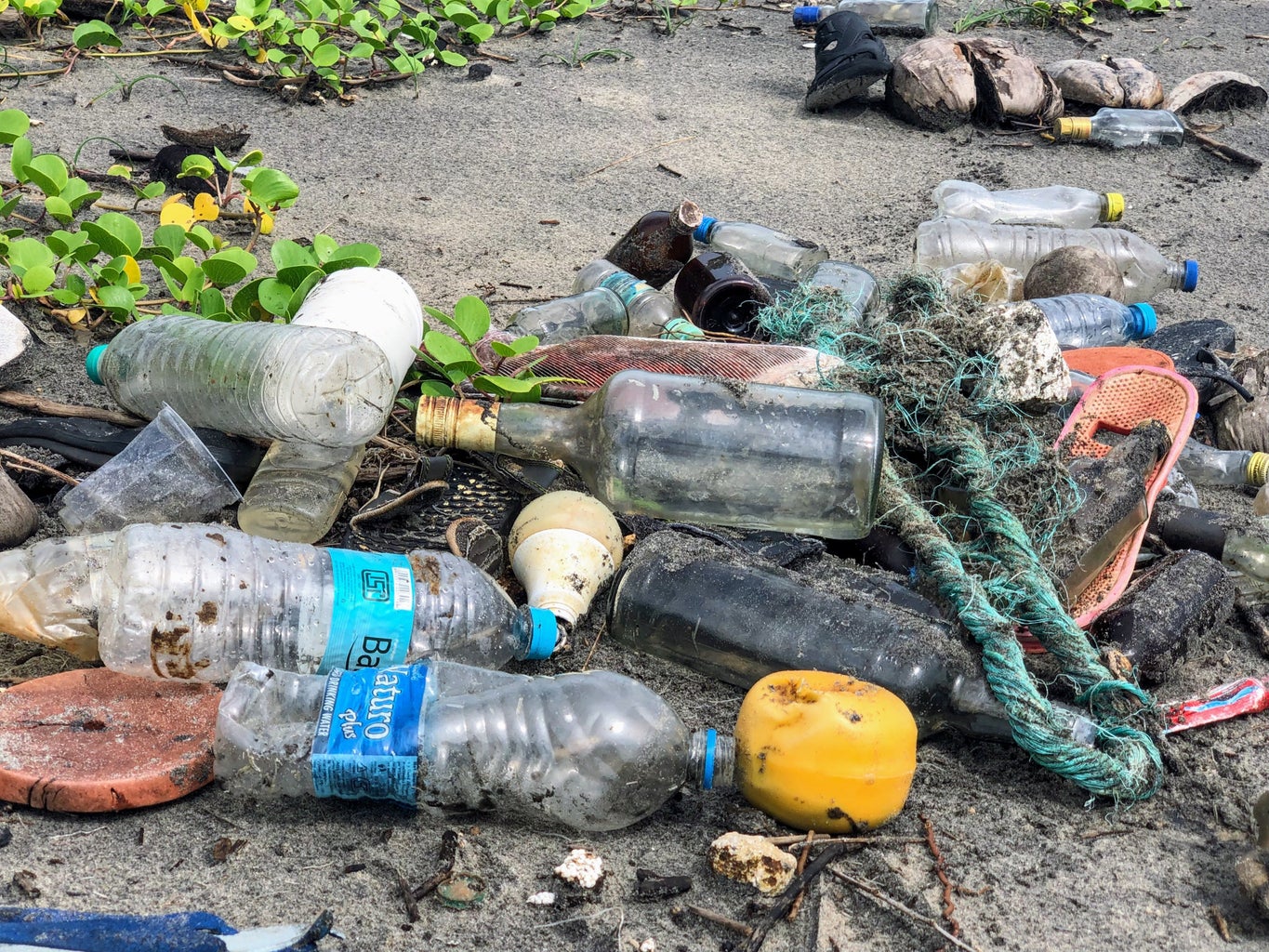The average person consumes 70,000 microplastics every year. That’s about a credit card size amount of plastic each week.
If you need a refresher, microplastics are tiny, under five millimeters long, plastic particles found everywhere on our planet. They exist because plastic never fully decomposes, but breaks down into smaller and smaller pieces over time.
The primary source of microplastics in the environment is single-use plastic, which is overproduced and overconsumed, especially in our country. Secondarily, plastic litter is carried by water runoff and winds around and into oceans. Because microplastics are so small, they are easily transported by wind and water and are everywhere around the world, including in our food and water.
Animal health and the environment are negatively impacted by microplastics. Microplastics affect marine organisms’ ability to absorb carbon dioxide from our atmosphere and release oxygen. If the ocean continues to fill up with plastic, it will warm further and not be able to help combat climate change by taking in so much carbon dioxide. This will also result in more plants and animals dying due to a lack of oxygen and a habitable environment.
Microplastics are found in marine organisms, including commercial seafood, as well as in our drinking water since standard treatment facilities cannot remove all traces of microplastics. Along with single-use plastics such as disposable water bottles, other types of food like shellfish, clothing microfibers, tires, glitter, makeup, laundry and dishwasher pods and food and drink cans also carry microplastics.
This year, new studies have come out finding microplastics in human bodies. In March, researchers found plastic in about 77 percent of participants’ blood. Then in April, microplastics were found in human lung tissue. Microplastics have been also found in the placentas of pregnant women.
The potential health issues microplastics pose from ingestion or inhalation are not super clear yet. There has not been extensive research done on microplastics and the risks they pose to human health, but it seems like more will be done as plastic production is not projected to decrease any time soon. As of now, they are seen as potential carcinogens and irritants impacting brain development and metabolic function.
There are a few ways you can avoid microplastics. Limit your consumption of single-use plastics, vacuum and dust regularly, don’t microwave food in plastic, limit seafood consumption, switch up your laundry routine, drink filtered tap water rather than out of plastic water bottles and support sustainable and ethical brands of clothing, makeup, etc. where you can. I would also encourage you to vote and support candidates who want to address the plastic pollution problem.
I ask that you acknowledge this to be a real issue and take into consideration the dangers it poses to us and the environment. Every day we should be aware of the effects of the climate crisis, which microplastics simply contribute to. This Earth Month I ask you to find a small way to reduce your consumption of single-use plastics, check out other articles with ways to be more eco-friendly.



